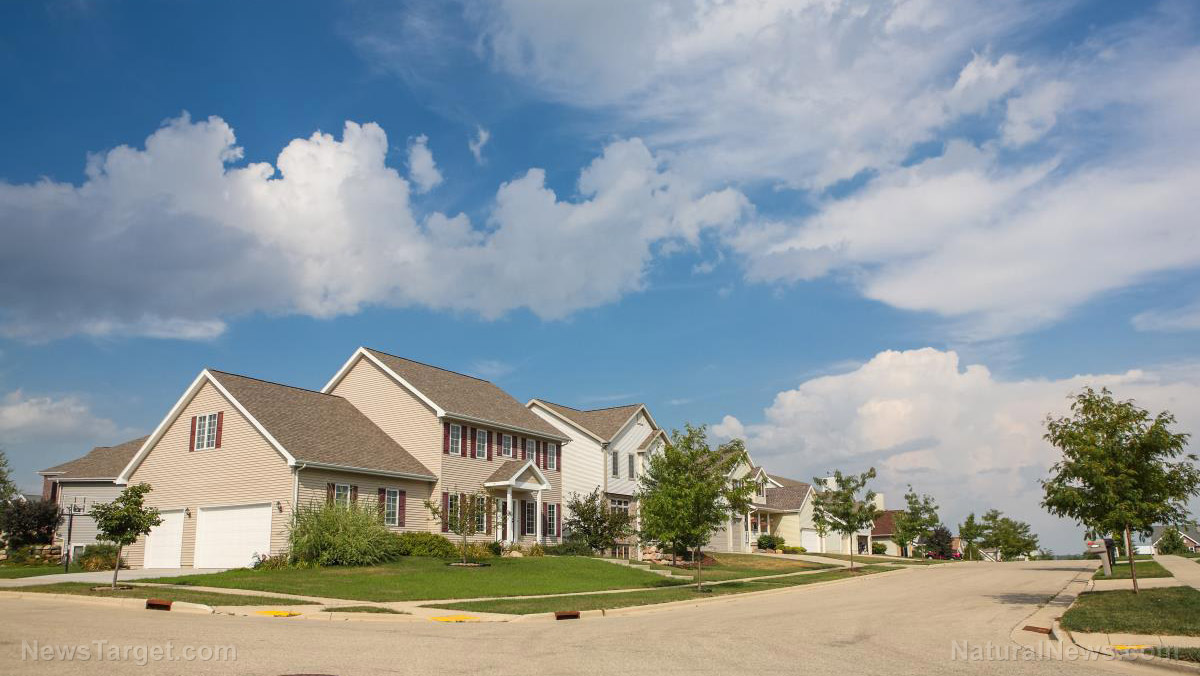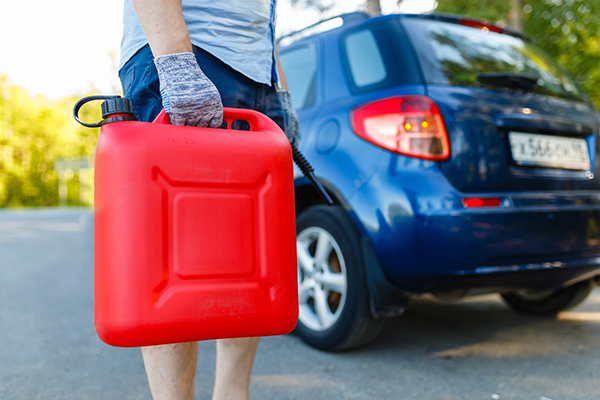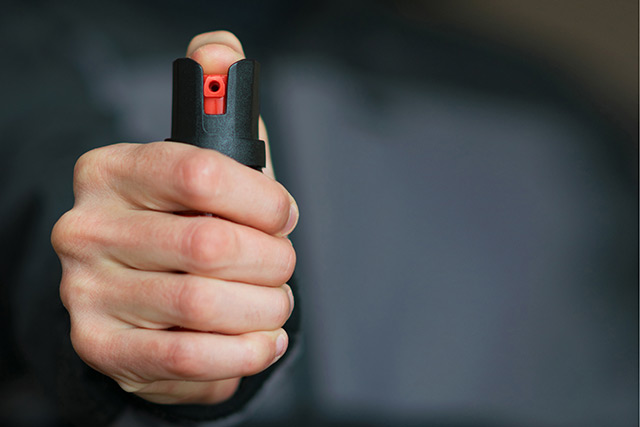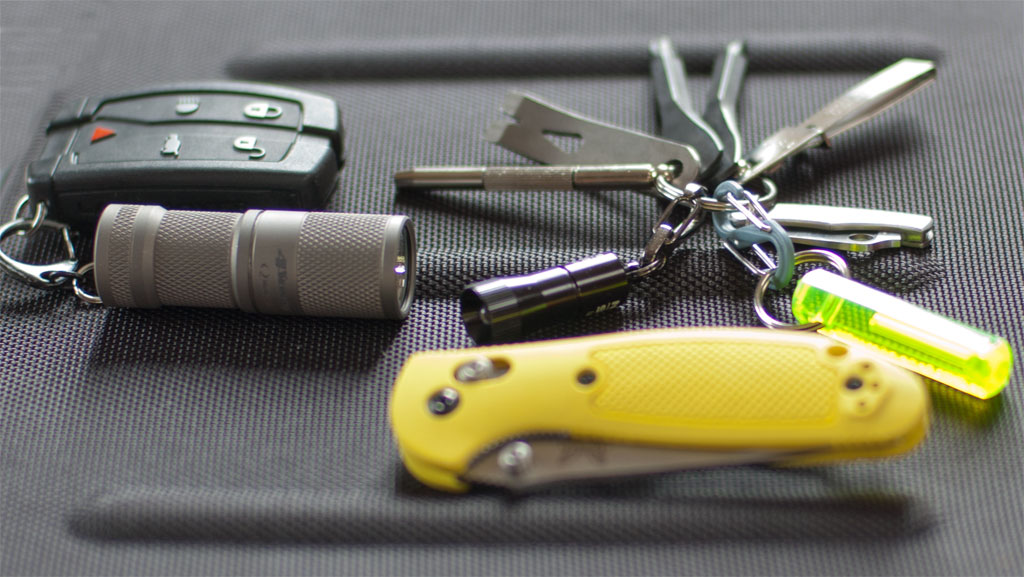How to fill sandbags properly and how to construct a sandbag flood barrier
06/30/2020 / By Zoey Sky
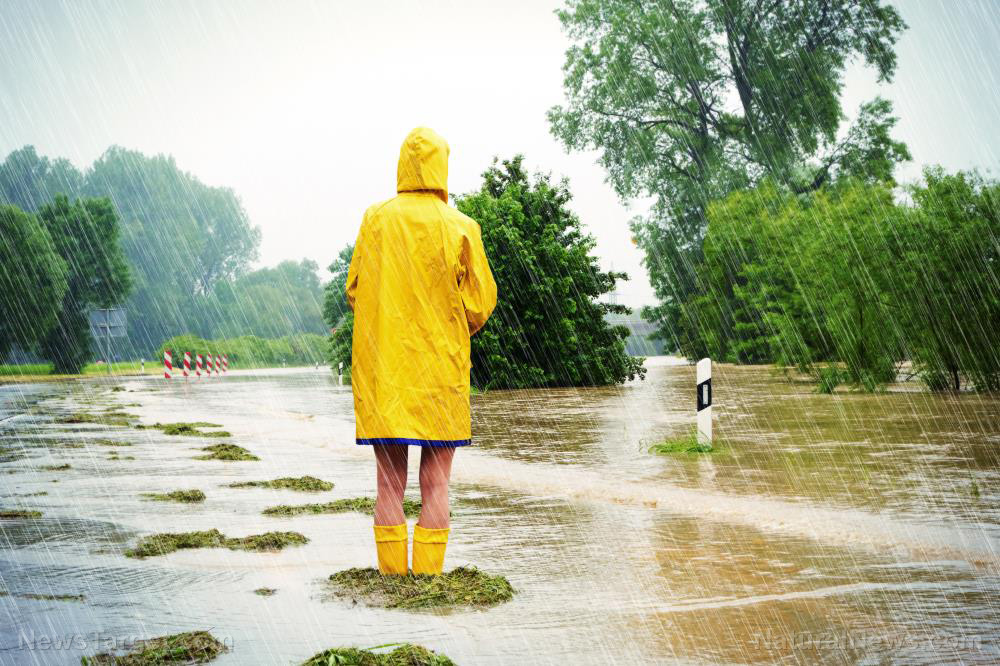
If you’re living in an area that often experiences flooding due to inclement weather, knowing how to fill sandbags can help protect your property from water damage. Sandbag barriers are versatile and have other applications, such as being used for ballistic cover. (h/t to Survivopedia.com)
Why build sandbag barriers?
Sandbag barriers can be used as:
- A flood barrier
- A ballistic cover
- A windbreak
- A short-term fallout shelter (Related: When the storm subsides: What to do in the aftermath of a disaster.)
Because sandbags are inexpensive and simple to make, you can store tools needed to make them in a cache near your bugout location or property. Note that sandbag constructions are best for short-term use because modern sandbags are made of polypropylene.
Polypropylene is a simple chain polymer and it is often used to make food containers, laboratory equipment, packaging and water pipes. Because of the chemical structure of polypropylene, it has a high degradation rate when exposed to sources of ultraviolet (UV) light, such as sunlight.
When exposed to sunlight, the bonds holding this polymer together break, weakening the plastic after several years. If you’re using polypropylene sandbags, check them regularly.
If you plan to use sandbags for long-term projects, mix ten parts sand or soil with one-part cement. When using burlap sandbags, the cement/sand mixture can be mixed and placed dry, then sprinkled with water.
To protect sandbag structures against UV light, rot and abrasion, paint them with a cement slurry.
How to fill sandbags
Filling sandbags is a simple process, but you often need a lot of them when building barriers. If you’re planning a sandbag construction, ask a friend or two for help so you can finish faster.
Tools needed:
- Sand, preferably clean and washed. Alternatively, you can use gravel or soil, but they won’t be as effective as clean sand.
- Sandbags
- A shovel
- Poly sheeting
- Personal protective equipment like work gloves, work boots, eye protection and hard hats.
- Two pickup trucks, a ladder, a knife and old traffic cones for funnels to speed up the process (Optional)
- Tamping bar, for tamping sandbags in place (Optional)
Steps:
- Lay the ladder horizontally and support it with the tailgates of the two trucks. Cut off the top ends of the traffic cones to create funnels, turn them upside down then place them in the ladder to create one row of supported funnels. Use these funnels to fill the sandbags, instead of just shoveling the sand in, to prevent spillage. (Optional)
- To fill sandbags, have one person hold the sandbag open on the ground as a second person fills the sandbag. Don’t overfill sandbags, but make sure they’re at least 1/2 to 2/3 full. Filling a sandbag too much may compromise the integrity of the barrier. A third person can help stack the filled sandbags.
- Tie the sandbags, especially if they are being transported or stored.
Tips when filling sandbags
Sandbags are heavy. Follow the tips below to avoid accidents when filling sandbags or constructing a sandbag barrier.
- Keep your elbows close to your sides when filling sandbags.
- Wear gloves to prevent your hands from blistering.
- A sandbag weighs at least 30 to 40 pounds. Always lift a sandbag with your knees, not your back.
- Move sandbags by forming a passing line.
- If you’re using a passing line to construct a barrier on an incline, position taller people at the end farthest from the barrier.
It can be tiring to maintain a passing line when building a sandbag barrier. To minimize physical exertion, position the people so they’re staggered and facing each other.
Have the members of the line count off in ones and twos, then have the first group take a step back. Make the second group turn and face the first group to form a staggered passing line.
How to construct a sandbag flood barrier
Before your property gets flooded, find the best place to set up your flood barrier.
- Remove debris in the area where the barrier will be set up.
- Dig a trench two sandbags wide and 4”-6” deep where the barrier will be placed.
- Lay the poly sheeting flat in the trench, keeping the long tail of the sheeting in the direction of the water.
- Lay one row of sandbags over the poly sheeting to keep it in place. Place the sandbags lengthwise and parallel to the direction of the flow of water. Make sure the sandbags overlap each other and that the filled part of the sandbags is placed on top of the unfilled part of the bag placed before it.
- Place a second row of sandbags perpendicular to the first layer. Stagger the sandbags for the second row like brickwork to cover any gaps. Succeeding rows of sandbags should be laid over the seams of the sandbags beneath them.
- Fold the poly sheeting back over the row of sandbags anchoring it, then anchor it again with another row.
- Fold the poly sheeting back over the second row of sandbags. This will anchor it and keep it out of the way so you can build the barrier.
- Place another layer of sandbags with the openings in alternating directions, then offset each row of sandbags by one half bag length.
- Stack the sandbags in a pyramidal wall in a three-to-one ratio of width to height for optimal structural integrity.
- Once sandbags are placed, tamp them in place to eliminate gaps and to form a tight seal against other sandbags. If you don’t have a tamping bar, have someone walk back and forth on the sandbags and the ends of the sandbags it rests against. Stagger the sandbags and tuck bag ends underneath the next bag.
- Once the barrier is high enough, fold the poly sheeting back over the top of the barrier. Anchor it with a row of sandbags.
Your pyramid-shaped flood barrier can help contain fast-moving water. While a sandbag and poly sheet barrier won’t keep the water out, you can deal with leakages by pumping the water out.
Never place sandbags over manhole covers. Instead, place sandbags in a ring around the manhole cover so the water can seek its own height.
Protect your home from water damage during floods by setting up a sandbag flood barrier before SHTF.
Sources include:
Tagged Under: disaster, emergency preparedness, flood, flood barriers, homesteading, natural disasters, off grid, off-grid emergencies, panic, preparedness, prepping, sandbags, SHTF, storm, survival, survival emergencies, survival skills
RECENT NEWS & ARTICLES
COPYRIGHT © 2017 GEAR.NEWS
All content posted on this site is protected under Free Speech. Gear.news is not responsible for content written by contributing authors. The information on this site is provided for educational and entertainment purposes only. It is not intended as a substitute for professional advice of any kind. Gear.news assumes no responsibility for the use or misuse of this material. All trademarks, registered trademarks and service marks mentioned on this site are the property of their respective owners.




